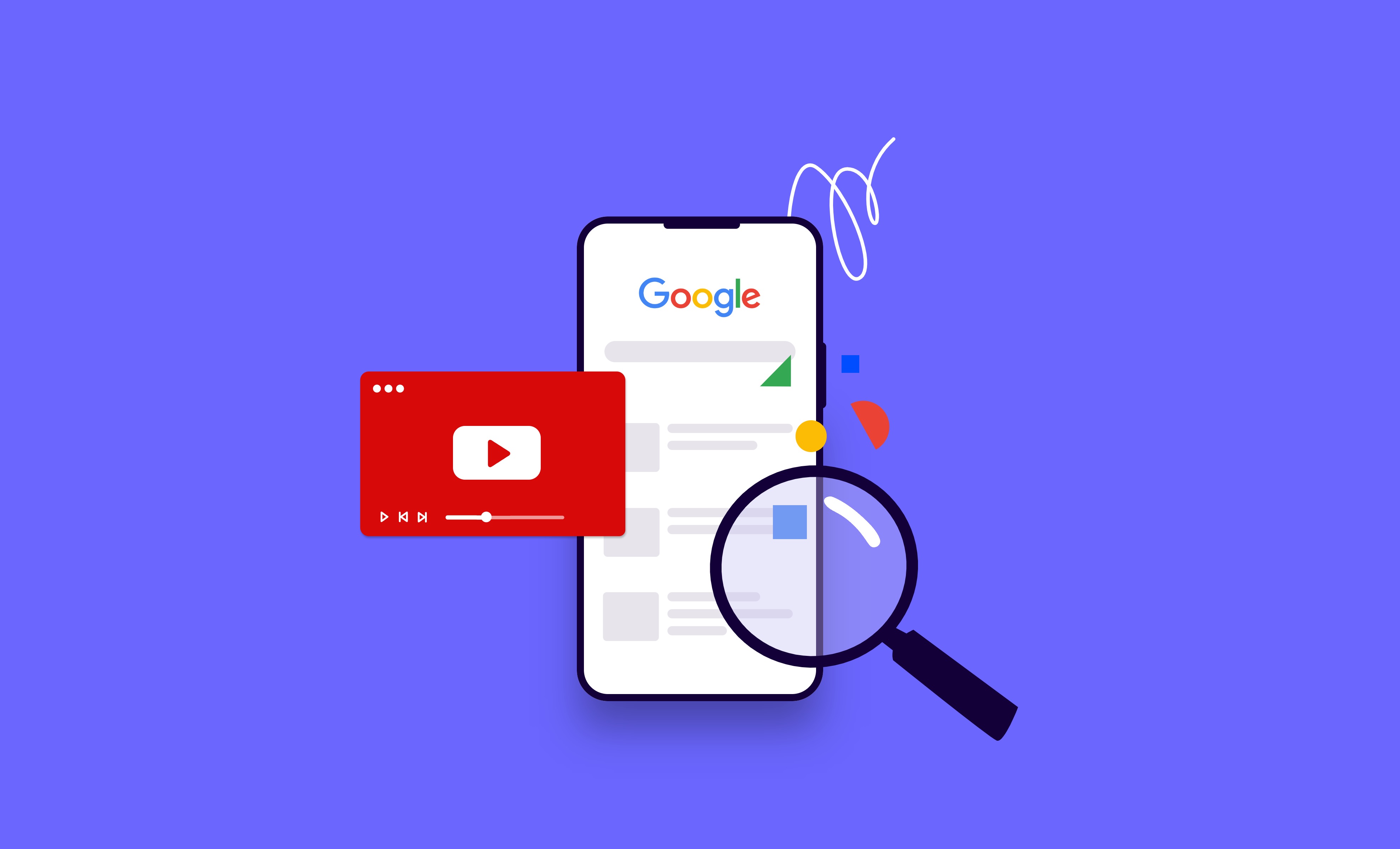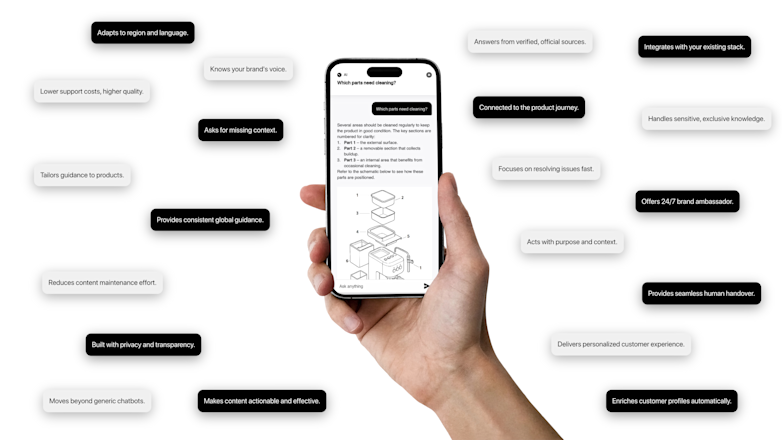
Growing up, we all had that one kitchen drawer stuffed full of user manuals of all sizes. Many of the manuals didn’t even have the corresponding device or product in use anymore. Do you know why the manual drawer was always overflowing and never sorted through? It’s because no one read them. Ever.
The use of user manuals has gone down along with many things in the pre-internet world. Yet paper manuals, our guides through these technological jungles, are slowly dying out.
Let’s take a look at what is replacing these manuals and how you can get rid of paper user manuals.
Why don’t customers read paper user manuals anymore?
Here are a few reasons why:
Paper manuals were never that helpful: They read like an engineering crash course full of industry jargon most of us are unfamiliar with. Even when they did consult the manual, most found it hard to comprehend and frustrating.
The case of the disappearing user’s manuals is directly linked to our shrinking attention spans over the last few decades. Statistics say that the average attention span has decreased from 12 seconds in 2000 to eight seconds now. That is less than the nine-second attention span of your average goldfish.
We are the generation that’s used to fast devices and instant gratification. The last thing your customer wants to do is sift through the user manual when they take home a new intriguing device. That’s why Layerise’s highlights work that well, they function just like Instagram stories but give you instructions on the product you’ve purchased.
Users no longer read the manuals because they have better options. Interactive videos and online social networking forums are how we now share our experience of using any product .
About half of Millennials prefer resolving product issues on their own. Following a video tutorial gives them that feeling of being proactive that paper manuals just can’t.
Alternatives to paper user manuals: The power of videos
How can you educate users about your product and its features if not through a user manual? Interactive video offers a great alternative to paper manuals that can improve brand recognition, customer engagement, and, eventually, your bottom line.
Video content of all kinds is gaining popularity. Brands can leverage the power of video to generate a new stream of revenue and better educate their consumers. 68% of customers prefer watching a video to resolve any issues they might face while using your products.
4 Reasons why getting rid of paper manuals is a good idea
Consumers don't seem to be getting enough video content, be it information videos, product descriptions, or unboxing videos. These numbers are predicted to increase in the near future. Here are four reasons why video content is a more efficient replacement for paper manuals:
1. Online manuals are bot stagnant like paper manuals
No matter how good and user-friendly your product might be, consumers will still run into trouble while using it. The fact is that 75% of consumers don’t read manuals and even if they do, paper manuals aren’t very effective at troubleshooting and problem-solving.
That’s because paper manuals are one-sided correspondence. They cannot be changed or updated. If your product changes or if you find a better way to explain to your customers a specific feature or steps, you cannot change what the paper manual contains.
When you only rely on FAQs and paper manuals to help guide consumers about your products, you’re likely to miss out on collecting customer feedback and change your resources accordingly. Feedback is crucial to improve your customer experience with the product.

Online channels such as Youtube or other social media are good options to improve your customer service and make the support resources easily accessible and convenient.
2. Paper manuals don’t come with a search bar
Ever tried to fix your washing machine settings single-handedly while holding and reading the user’s manual on the other hand? Online manuals have a huge advantage on their side: They usually include a search bar. Customers no longer need to read through the entire engineering thought process behind any piece of merchandise before getting the information they need.
Usually, when a customer picks up the user’s manual, they are already quite frustrated. With video and Google, they can simply enter their question and land directly on the page where they will find the solution. Or on Youtube, on the exact video that helps them resolve whatever issue they might be experiencing.
That’s how online manuals, video tutorials, and Google help reduce consumer frustration and increase engagement. Also, if you direct your consumers to video resources available on your website, you can leverage up-selling opportunities and advertise your latest product or feature.
3. Customers can’t give feedback on paper manuals
Customers who watch your tutorial or marketing videos often leave feedback under them. That feedback is an asset you can maximize in your brand’s favor. That makes video one of the highest-paying returns of investment of any advertising medium.
Whenever a consumer watches your video or Googles your business, you get to collect data. That data is then churned into statistics and insight that helps your business grow. Paper manuals can’t do that.
Getting your customer on your landing page is only half the job. Having an engaging video on your page increases your conversion rate by 80%. So by incorporating videos into your website, you can magnetize new customers as well as understand brand patrons better.
4. You get to save on customer support
Take this as an example: Your microwave oven does not turn on one morning, so you search around for the user’s manual and try to diagnose the issue. The manual doesn't help much.
What would you do next? If you are like most customers, you will call the company helpline. The customer service representative will try to troubleshoot the problem with you. According to this report, that can take about 28 minutes on average.
If your microwave oven manufacturer has a video tutorial explaining possible reasons why your microwave won’t turn on, it will take far less time and frustration to fix the issue. Making and posting videos can help save the resources you are currently spending on customer service calls.
Allowing your customers to self-serve will relieve you of a burden because it significantly reduces your agents' effort. As a result, your agents will be able to focus on more critical duties that will add more value to the company.
How Layerise can help you leverage the power of video
Layerise is a complete solution for brands looking to update their approach toward customer facilitation during and after sales. Here are some ways Layerise helps your brand flourish using video and other tools:
Layerise makes creating dynamic video content simpler and more straightforward. Content that helps you educate and engage customers better. That reduces your need to maintain a large customer service team for answering the same question tens of times daily.
Want to incorporate different languages? Do most of your consumers face the same issues within the same geographical location? With Layerise, setting consumer demographics and preferences for each locality is effortless.
Layerise gives you complete feedback on how your video content and marketing strategy are performing. That helps guide your efforts in the future, and you get to double down on the avenues that show the greatest potential.
All these advantages have a positive compounding effect on your consumer relationship as a whole. Book a demo today and always stay one step ahead of your competition.
Learn how to collect valuable insights on your customers to sell even more.

How to Turn a New Obligation into a Growth with Layerise

A trusted, brand-safe AI assistant that knows your products, your customers and your content.


